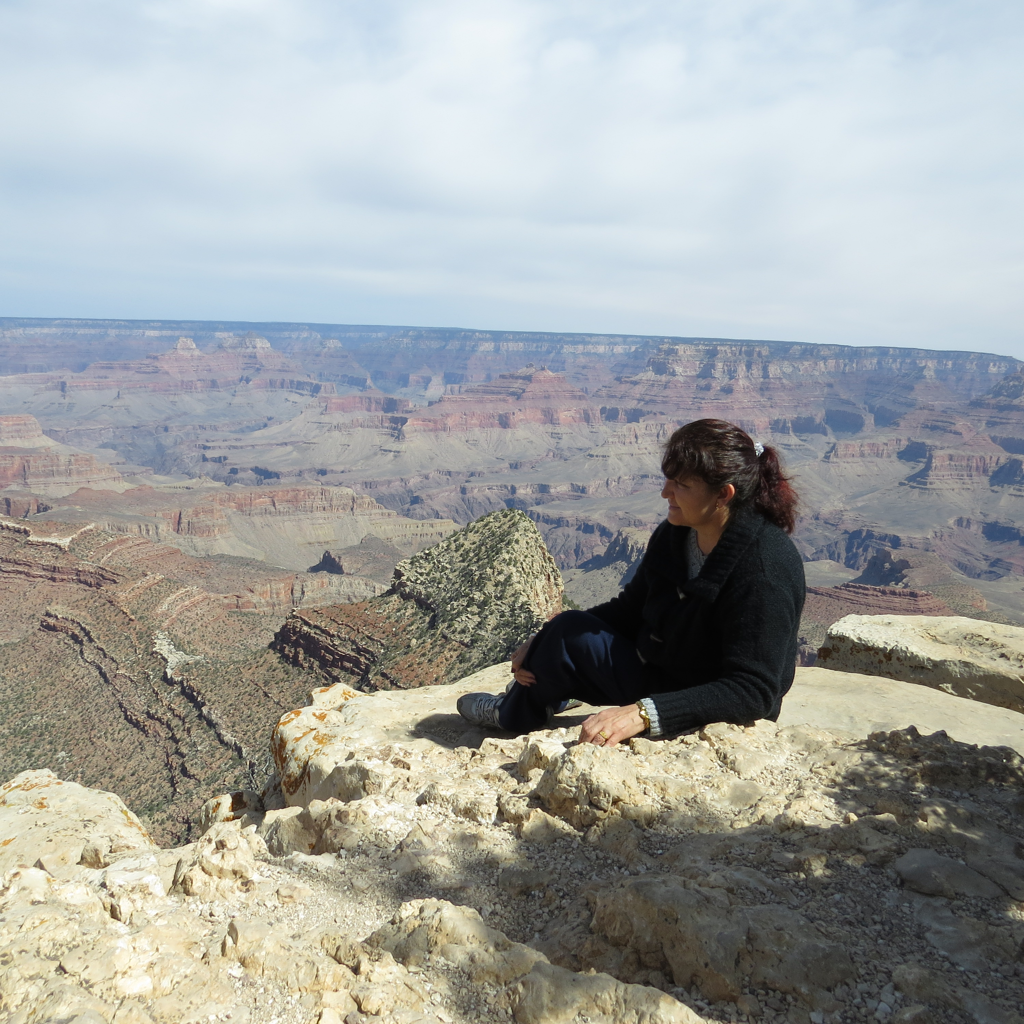Amalia Martínez García
Centro de Investigaciones en Óptica, MéxicoFor significant contributions to 3D optical metrology, student training, and the advancement of science in Mexico and Latin America.

Amalia Martínez García works in the field of optical metrology. With the continual innovation in technology, the need for high-precision devices grows and optical metrology enables just that. Amalia specifically focuses on improving three-dimensional observation techniques of objects, which enables depth detection and more precise measurements compared to two-dimensional techniques. Her work has a broad range of applications in a variety of fields. In medicine, her work applies to the measurement of red blood cells using low-coherence interferometry to aid in diagnostics. Another project corresponds to the study of the influence of color on topography measurements when using the fringe projection technique applied in the food area. For agriculture, she was working on a project that measured the effects of ultraviolet light on apples. Another past project involved the three-dimensional replication of archaeological objects for display in museums, which allowed the preservation of the original object while allowing the public to view and learn about long-past cultures.
Amalia was interested in science from a young age, and she always enjoyed learning. She began teaching right after completing her bachelor's degree in physics. However, she soon felt the desire to continue learning and wanted to expand on the foundation of her bachelor's work. This was a major step for Amalia, who grew up in a family that was supportive but maintained her home country's gender expectations. This meant that it was rare for a woman to pursue undergraduate education and even more rare for her to continue into postgraduate work. Ultimately, Amalia decided to leave home to pursue her master's degree, breaking with her family’s tradition.
She completed her master's and then worked in research for nearly 10 years before starting her PhD. By that time she had become a mother, which was a further challenge. She observed colleagues complete their degrees in less time and with more ease than she experienced, making her question the decision to pursue research at that level. She reflects, "I accepted the reality that it would take me an extra year to earn my doctorate. I recognized that each of us faces unique circumstances, and understanding oneself and others is essential on this journey of overcoming obstacles." Amalia also called upon her high school's motto, "Effort, will, and constancy," as a reminder that has helped her to accomplish her goals both personally and professionally.
Over time, her research focus has evolved, following opportunities, resources, and her own interests. At the beginning of her training, she wanted to pursue mathematics and then found physics through a deeper exploration of math. She was particularly drawn to nuclear and optical physics and completed her undergraduate thesis on the design of steady-state homogenous reactors. Amalia shares that her favorite scientist is Marie Curie, an admiration formed during this time. As Amalia's career progressed, she discovered a more personal connection as she worked through challenges similar to those Curie faced as a woman in science. Eventually, Amalia gravitated toward optics from nuclear physics and discovered optical metrology during her PhD work. She's been in that field now for more than 32 years.
Optica has played an important role in Amalia's career, offering her professional development, valuable connections leading to collaborations with colleagues, and the opportunity to continue learning through publications. She has served as an advisor to local student chapters, which has been a rewarding way for her to get involved in training the future generation of professionals in the field. Her advice to those starting out is to develop key competencies or practical pieces of training outside of strictly scientific research. She also encourages creativity and initiative in all of her students; these skills have taken her to where she is today.
Photo Credit: Amalia Martínez García
Profile written by Samantha Hornback
